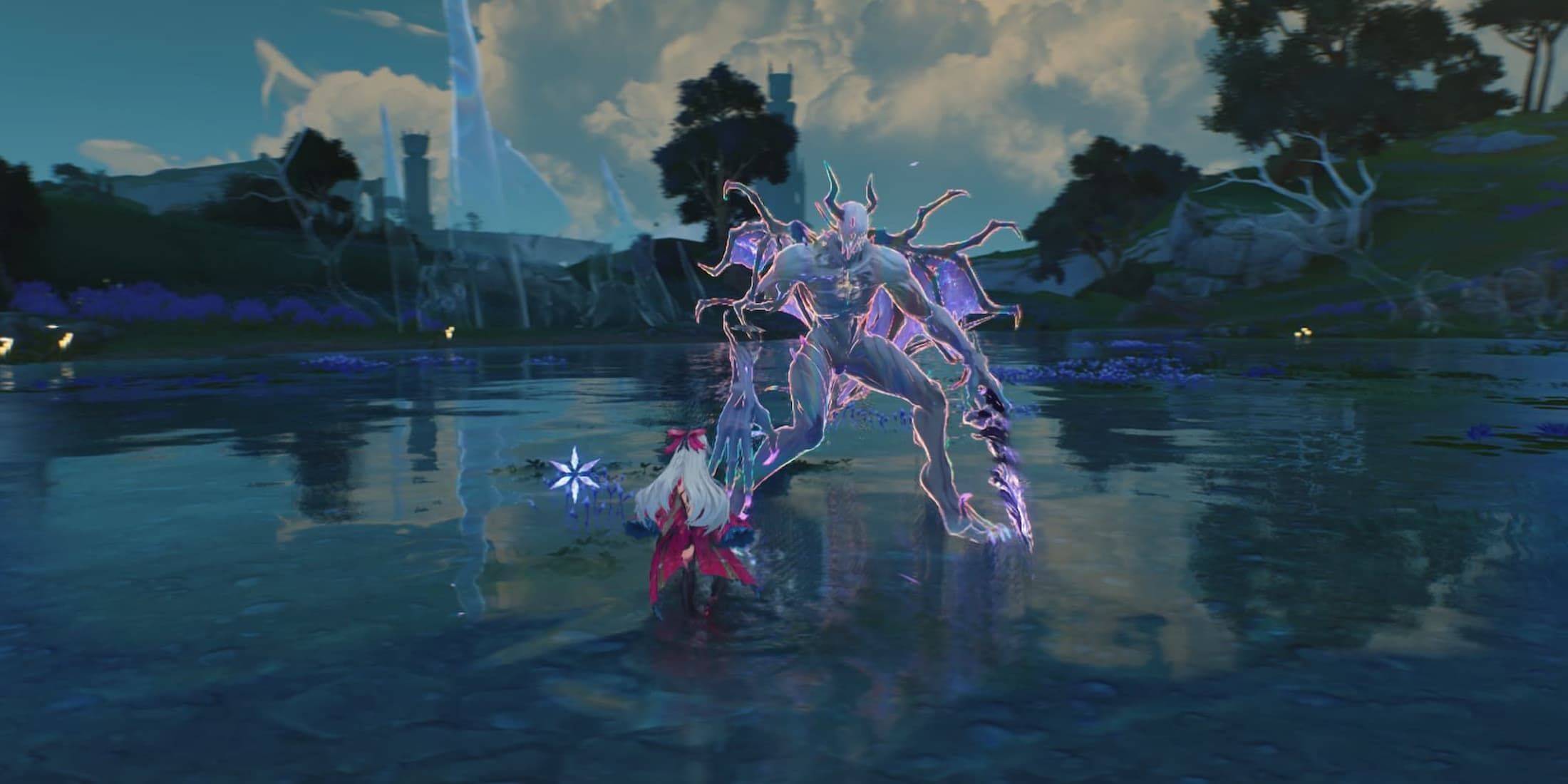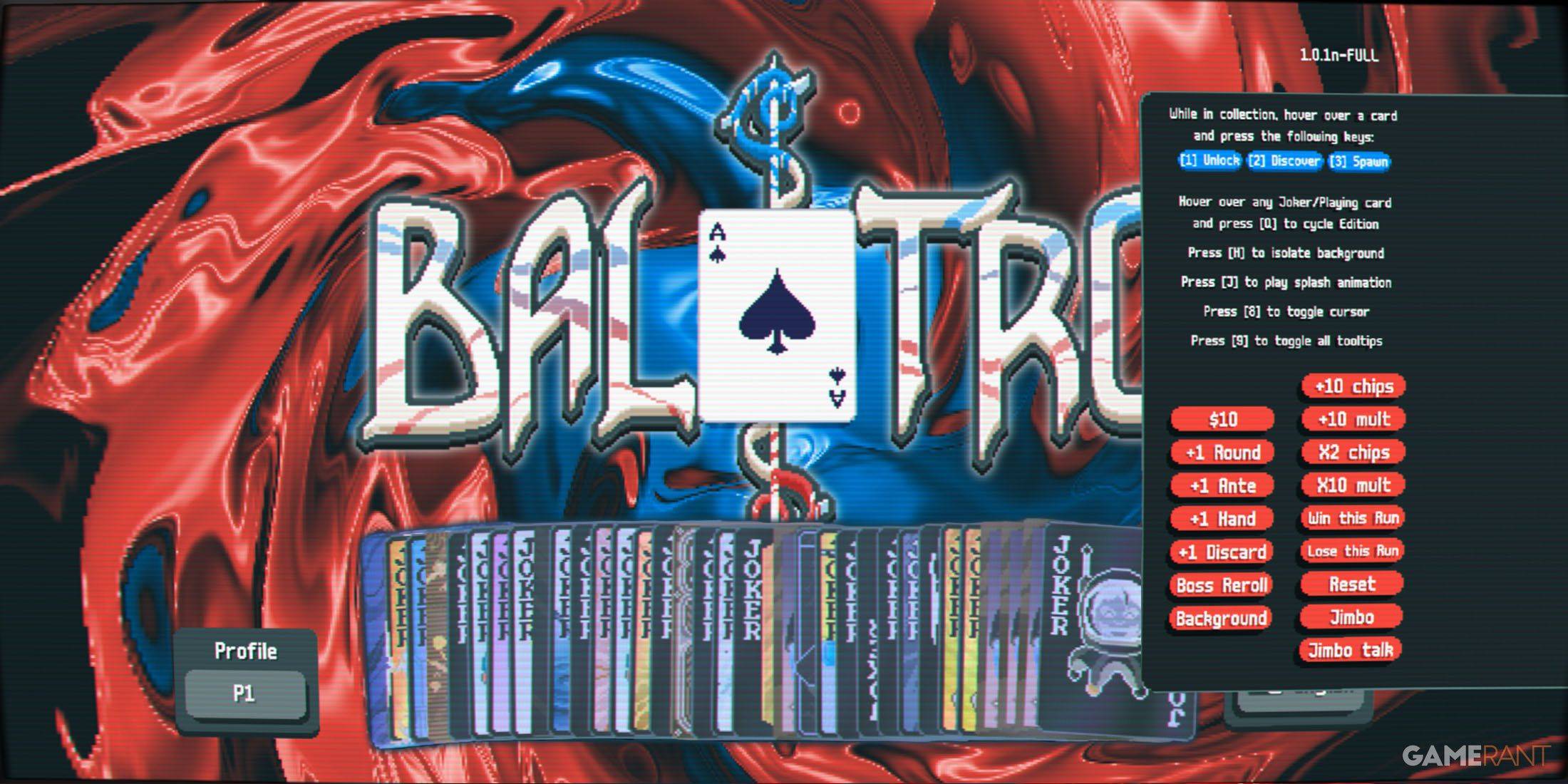AMD Radeon RX 9070: In-Depth Review
The AMD Radeon RX 9070 arrives at a fascinating time for graphics cards. Following closely on the heels of Nvidia's latest generation, this $549 offering from AMD positions itself directly against the underwhelming GeForce RTX 5070. In this head-to-head, the Radeon RX 9070 emerges as a clear winner, making it a standout choice for gamers targeting 1440p performance. However, the decision becomes more nuanced when considering AMD's own lineup. The Radeon RX 9070 is just $50 less than the superior Radeon RX 9070 XT. While the price difference aligns with an 8% performance drop and a 9% cost reduction, it's tough to overlook the value of spending a little more for significantly better performance. Still, AMD's competitive positioning within its own family of products is a strong testament to the brand's prowess in the mid-range GPU market.
Purchasing Guide
The AMD Radeon RX 9070 is set to launch on March 6, with a starting price of $549. Keep in mind, higher-end models may come at a premium. For those eyeing the 9070, it's wise to opt for a version as close to the base price as possible, given its close pricing to the Radeon RX 9070 XT.AMD Radeon RX 9070 – Photos
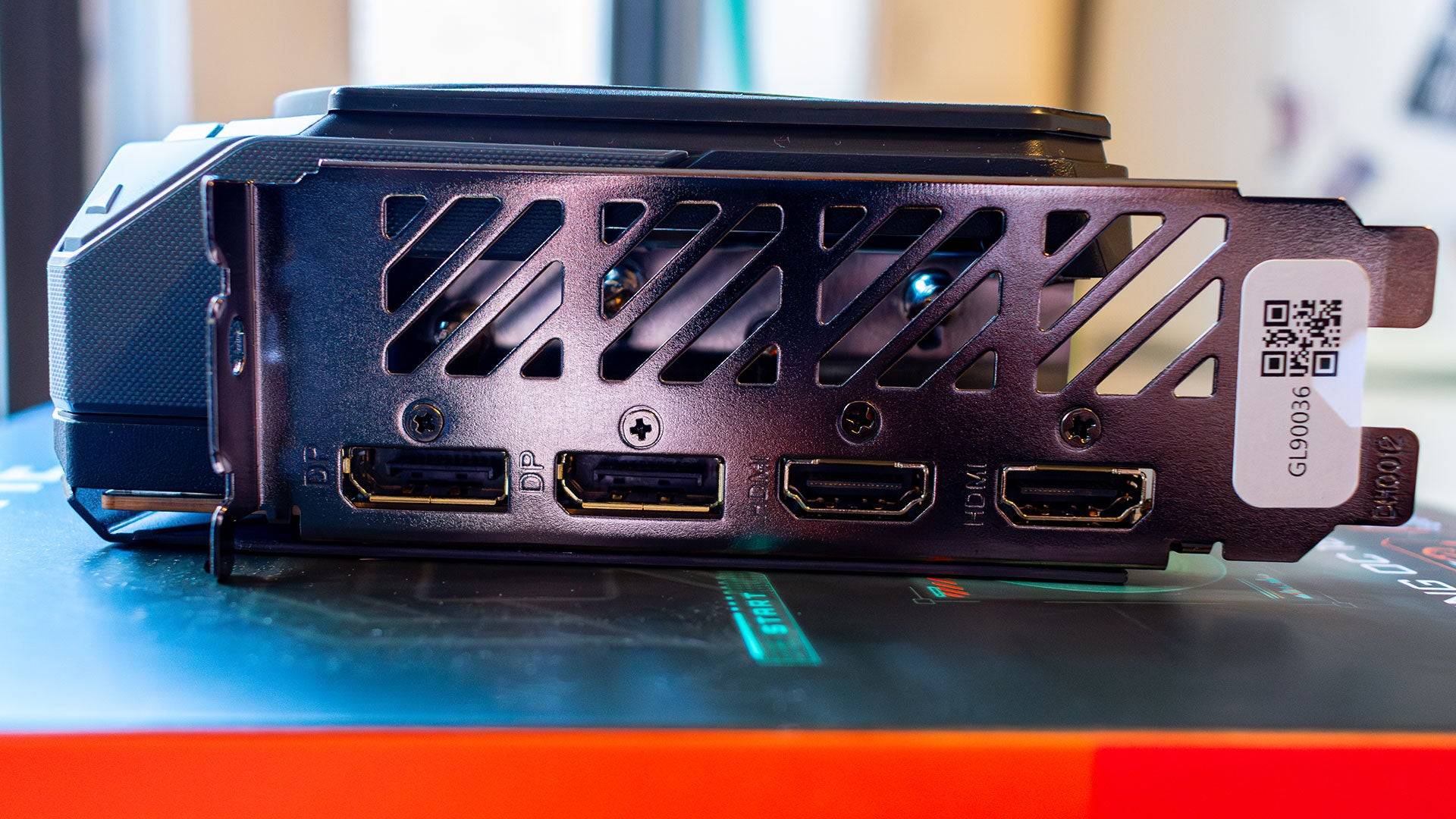
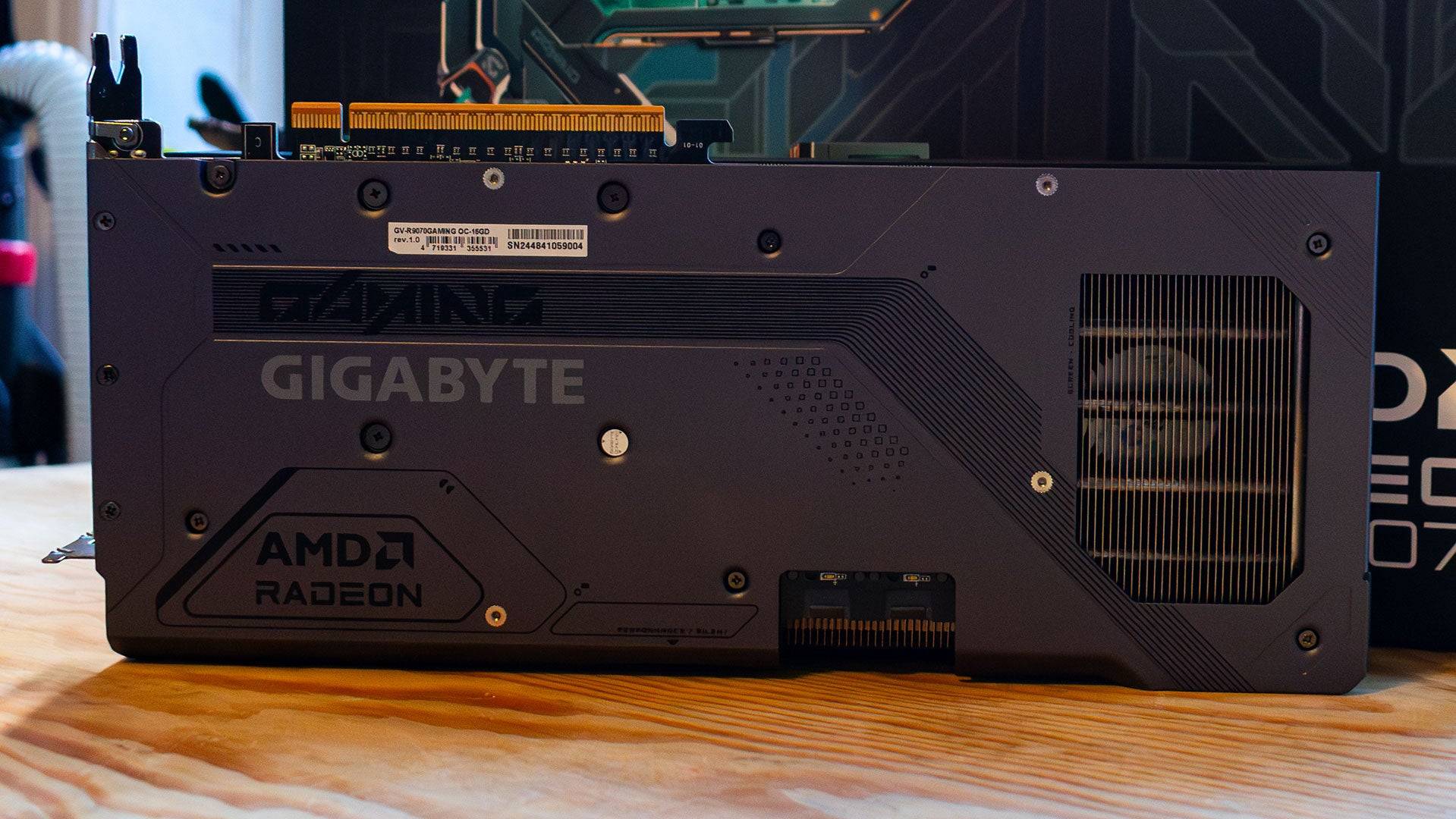 4 Images
4 Images

Specs and Features
The AMD Radeon RX 9070 shares the innovative RDNA 4 graphics architecture with the RX 9070 XT, bringing substantial performance enhancements. It notably outpaces the previous generation's Radeon RX 7900 GRE by a wide margin, despite sporting 30% fewer compute units.
With 56 Compute Units and 3,584 shaders, the RX 9070 is well-equipped. Each compute unit includes one Ray Accelerator and two AI Accelerators, totaling 56 and 112, respectively. These enhancements significantly boost the card's ray tracing capabilities and introduce AMD's FidelityFX Super Resolution (FSR) 4, marking the debut of AI upscaling on AMD GPUs.
The RX 9070 comes with 16GB of GDDR6 VRAM on a 256-bit bus, mirroring the memory setup of the 7900 GRE. This configuration should suffice for 1440p gaming for years to come, though the absence of the newer GDDR7 memory, which Nvidia has adopted, is a missed opportunity. AMD suggests a 550W power supply, given its 220W power budget, but my testing showed a peak consumption of 249W, suggesting a 600W PSU for safety.
Notably, AMD has opted out of releasing a reference design for the RX 9070, leaving the field open for third-party manufacturers. I tested the Gigabyte Radeon RX 9070 Gaming OC 16G, a robust triple-slot card with a slight factory overclock.

FSR4
Since the advent of DLSS in 2018, AI upscaling has transformed gaming performance, and FSR 4 marks AMD's entry into this space. By leveraging previous frames and in-game data, FSR 4 uses an AI model to upscale lower resolution images to native resolutions, offering enhanced detail over FSR 3's temporal upscaling. However, the AI processing comes with a slight performance cost. For example, in Call of Duty: Black Ops 6 at 1440p on the Extreme preset, FSR 3 delivered 165 fps, whereas FSR 4 reduced this to 159 fps. Similarly, in Monster Hunter Wilds at 4K with ray tracing, the frame rate dropped from 81 fps with FSR 3 to 76 fps with FSR 4.
The Adrenalin software allows users to toggle between FSR 3 and FSR 4, enabling a choice between better image quality or slightly higher performance, depending on the game and personal preference.
AMD Radeon RX 9070 XT & 9070 – Benchmarks
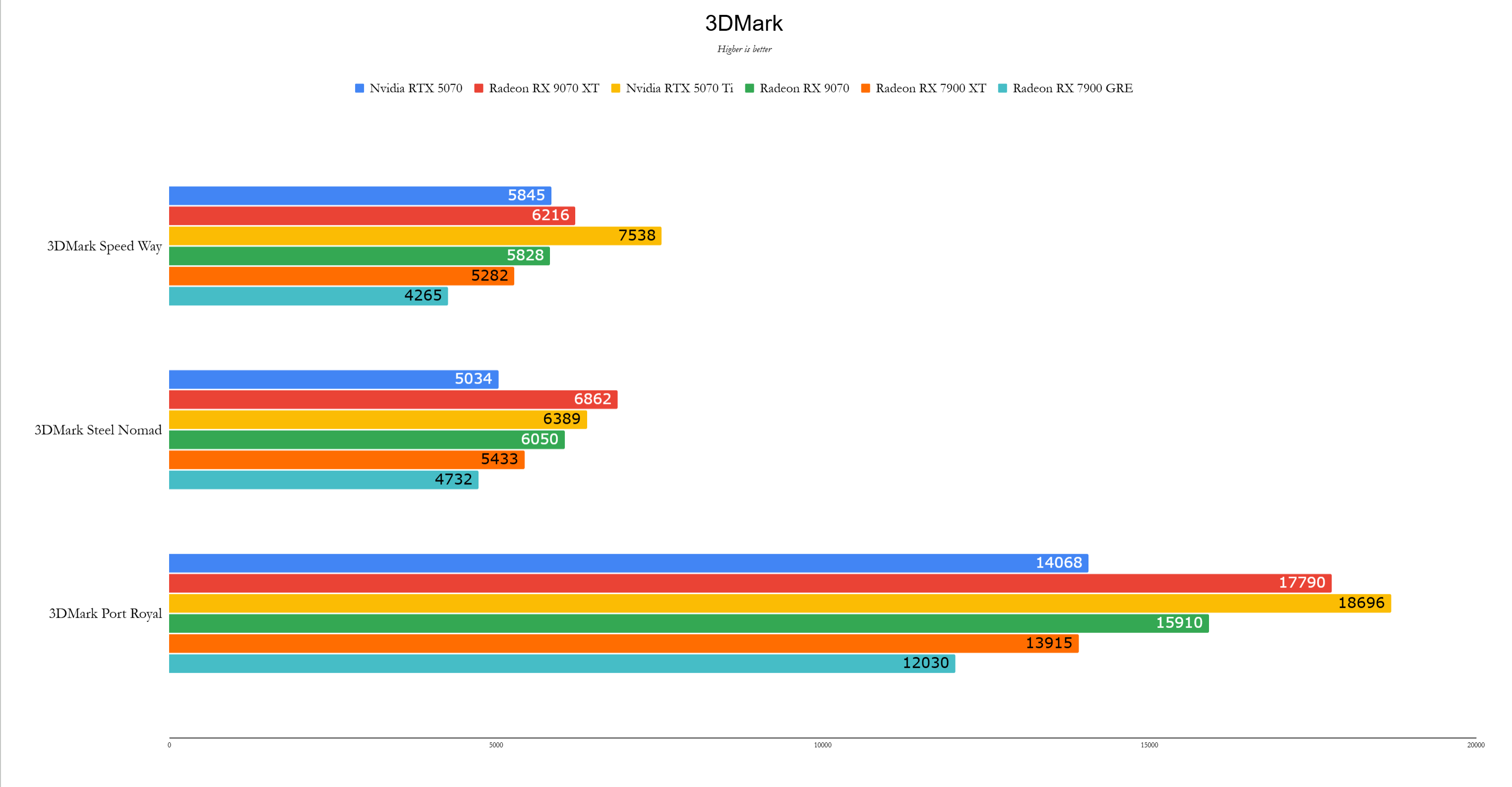
 11 Images
11 Images
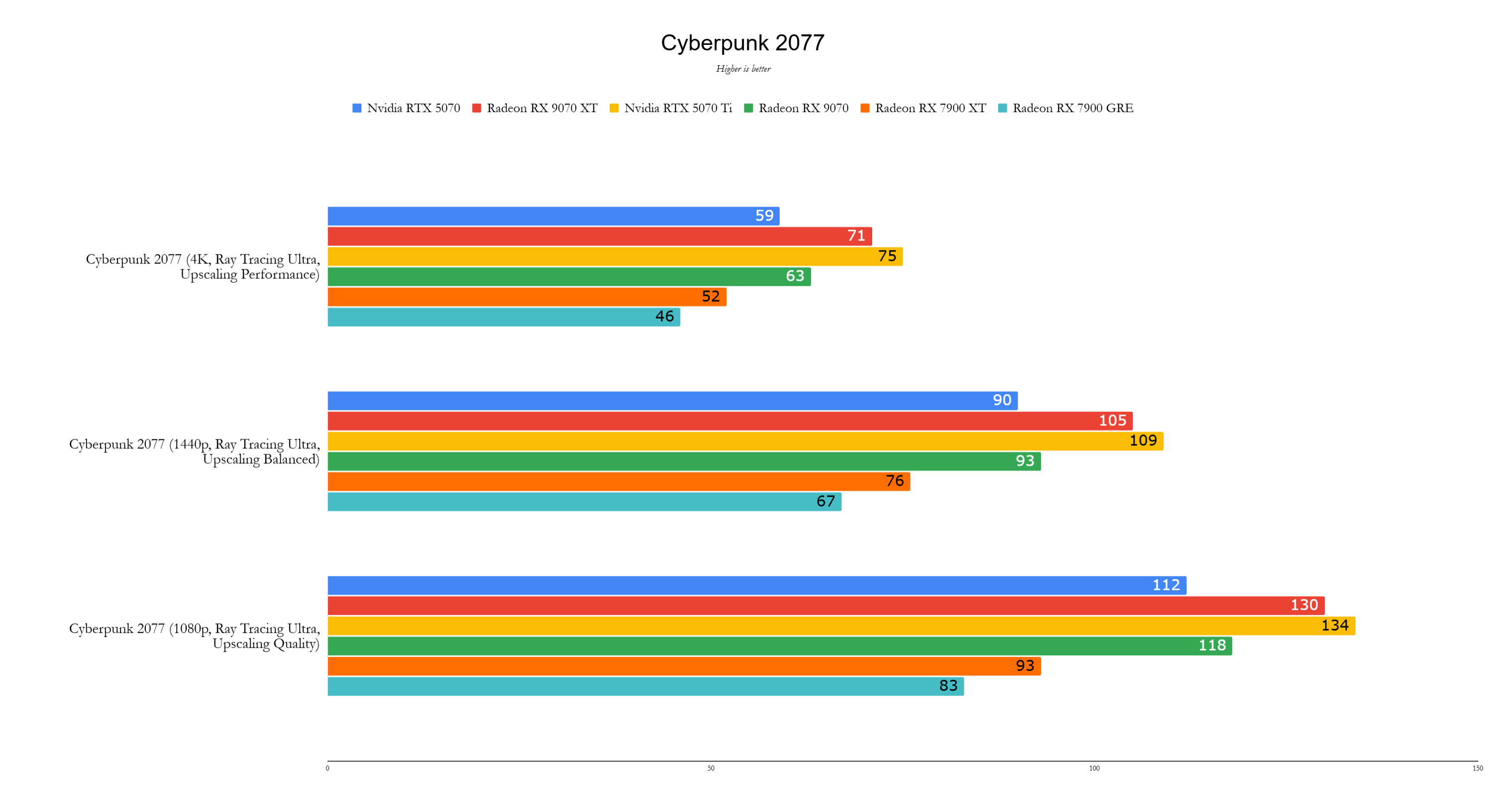
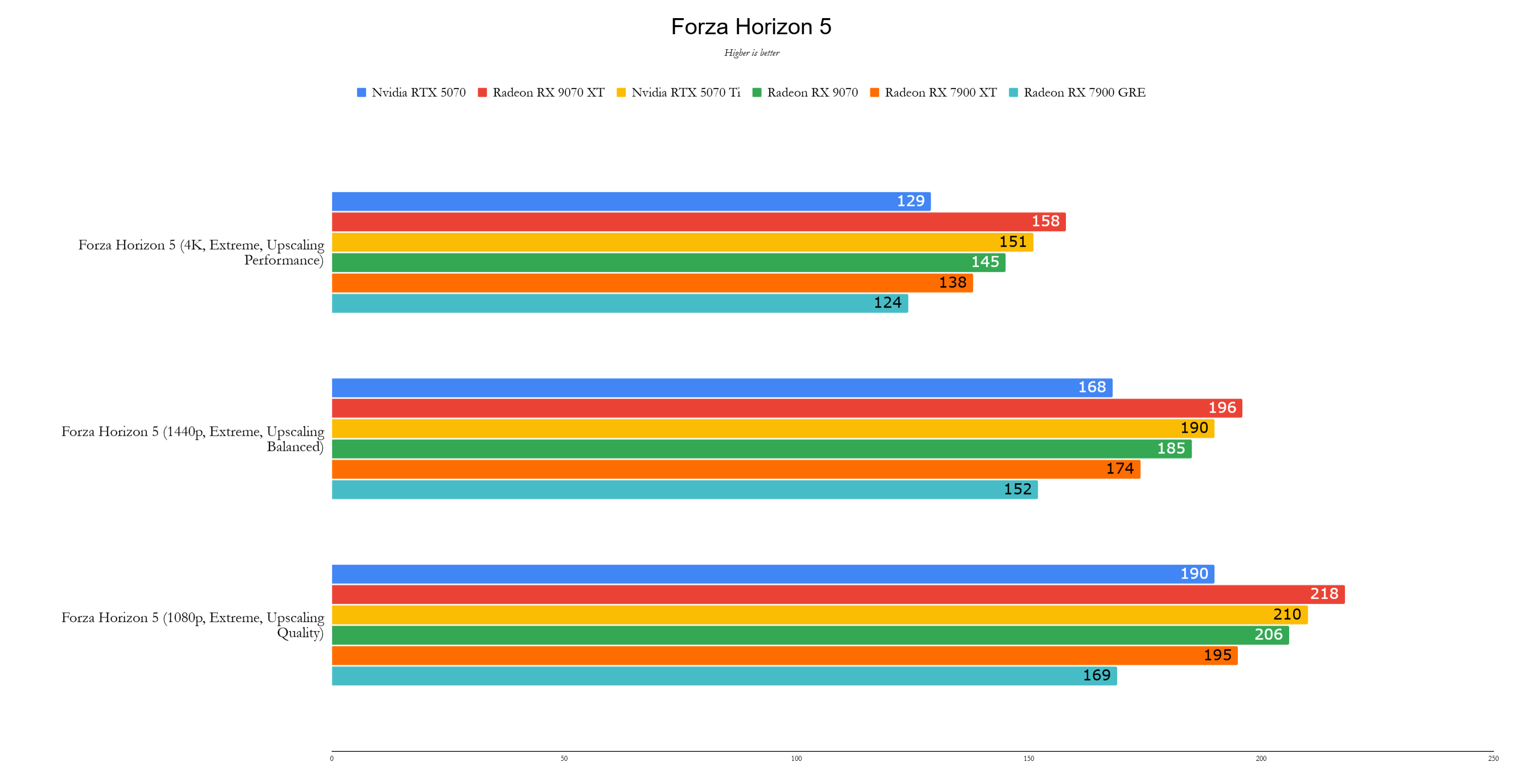

Performance
At $549, the AMD Radeon RX 9070 directly challenges the Nvidia GeForce RTX 5070, consistently outperforming it. At 1440p, the RX 9070 boasts an average 12% performance advantage over the RTX 5070 and a significant 22% lead over the RX 7900 GRE, despite fewer cores. My test unit, the Gigabyte Radeon RX 9070 Gaming OC, features a factory overclock, contributing to an additional 4-5% performance boost.
All testing was conducted on the latest public drivers available at the time, ensuring accurate and current performance metrics. The Radeon RX 9070's prowess is evident in both synthetic and real-world gaming benchmarks, excelling in 3DMark tests and various games like Call of Duty: Black Ops 6, Cyberpunk 2077, and Metro Exodus.
The test system included an AMD Ryzen 7 9800X3D CPU, Asus ROG Crosshair X870E Hero motherboard, 32GB of G.Skill Trident Z5 Neo RAM at 6,000MHz, a 4TB Samsung 990 Pro SSD, and an Asus ROG Ryujin III 360 CPU cooler.
In specific titles, the Radeon RX 9070 shines brightly. In Call of Duty: Black Ops 6 at 1440p with FSR 3 on Balanced, it achieves 165 fps, outperforming both the RTX 5070 and RX 7900 GRE. In Cyberpunk 2077 at 1440p with Ray Tracing Ultra, it edges out the RTX 5070 by 3%, a notable achievement for AMD in a game typically favoring Nvidia. Metro Exodus sees the RX 9070 achieving 71 fps compared to the RTX 5070's 64 fps, showcasing a strong 11% lead.
Red Dead Redemption 2 further highlights the RX 9070's performance, delivering 142 fps at 1440p with Vulkan, a 23% lead over the RTX 5070. Even in games like Total War: Warhammer 3 and Assassin's Creed Mirage, the RX 9070 holds its ground or pulls ahead, demonstrating its versatility and power.
The Radeon RX 9070's launch timing and performance metrics clearly favor AMD, especially when considering the additional 16GB of VRAM compared to the RTX 5070's GDDR7. This not only enhances its longevity but also its overall value proposition, making it an excellent choice for gamers looking to maximize their 1440p gaming experience.
Related Articles
Latest Articles




![Taffy Tales [v1.07.3a]](https://imgs.anofc.com/uploads/32/1719554710667e529623764.jpg)








